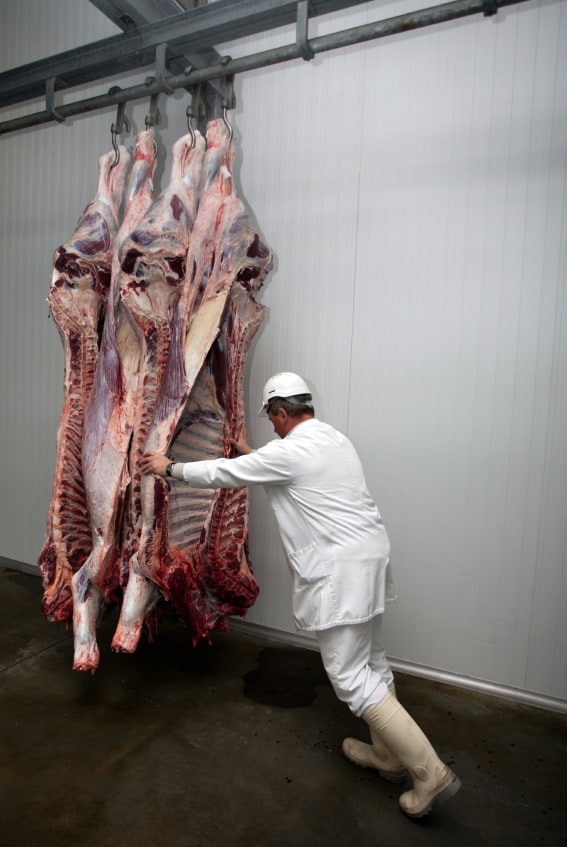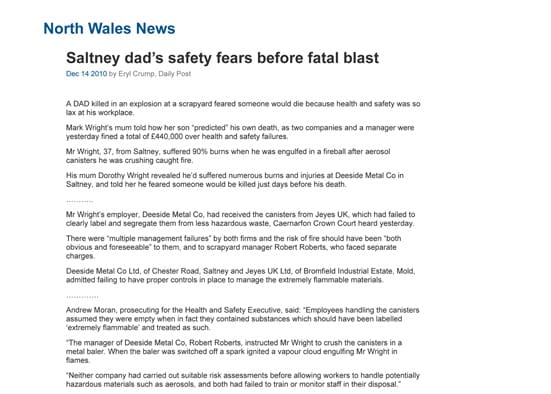Clayton Utz lawyers have looked at Victoria’s new bullying-related law changes for their relevance to workplace safety management and have found the following.
“Is this an issue for employers?
Yes and no.
Theoretically, even before these proposed amendments, certain types of workplace bullying already fell within the definition of stalking. In one sense, therefore, this doesn’t change the situation much – employers already had the potential problem of, for example, dealing with keeping apart at work a victim and stalker subject to an intervention order.
In another sense, this is clearly an important change. More types of workplace bullying are now criminalised, and public awareness of bullying issues will certainly have been increased by the publicity surrounding this Bill. We can therefore expect a rise in complaints and the number of victims coming forward, and not just in Victoria, as other States and Territories have stalking laws that could cover at least some types of workplace bullying.”
Clearly the awareness of bullying in the workplace is already high but these laws are likely to make the management of this issue more complex and and challenging. Continue reading “Australian lawyers comment on Brodie’s Law”

 “
“ The
The 